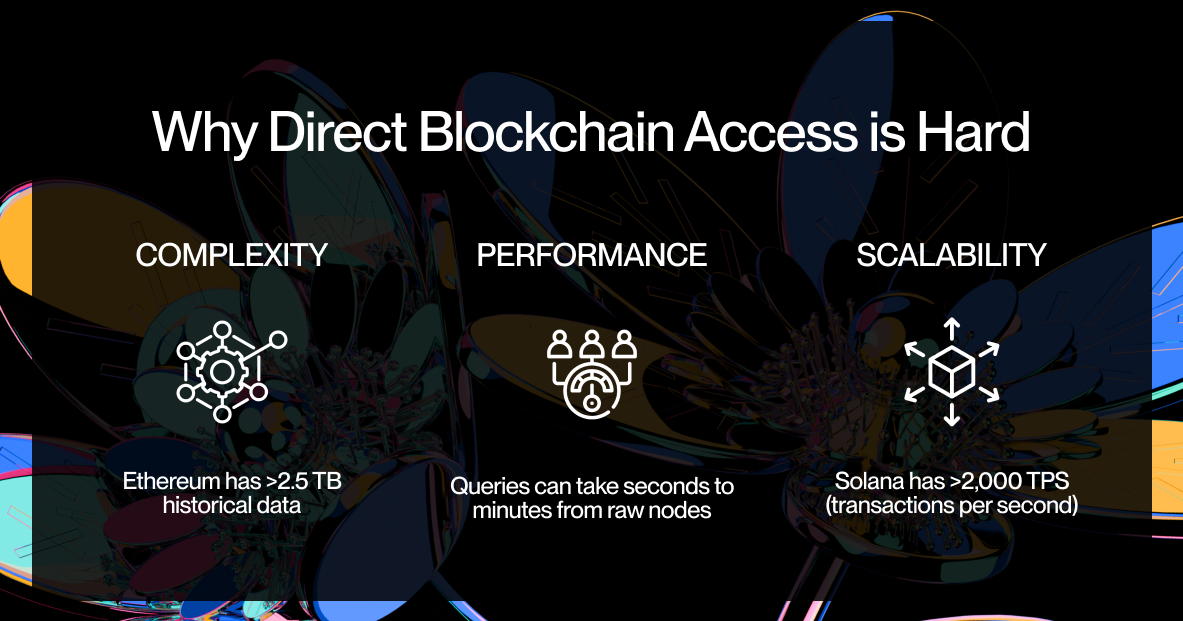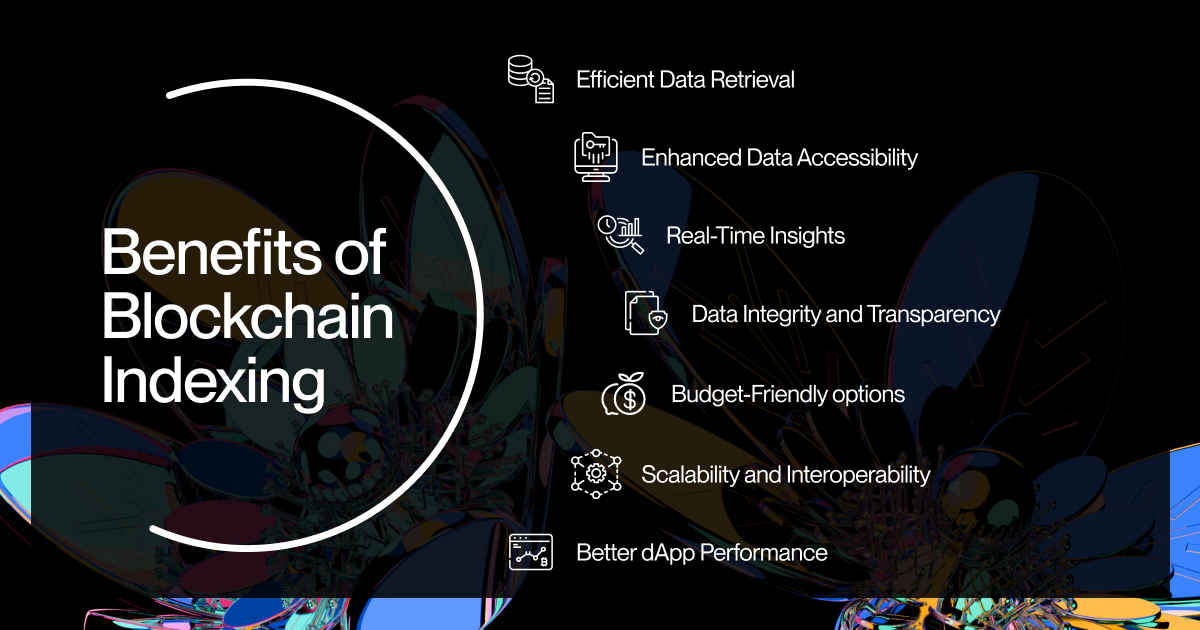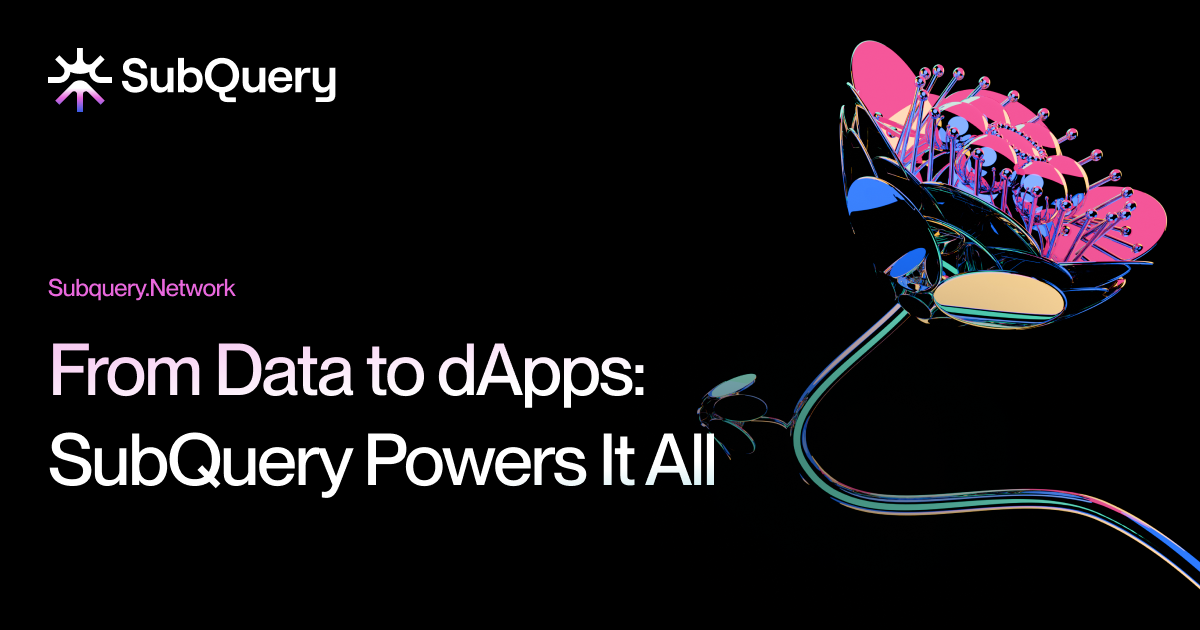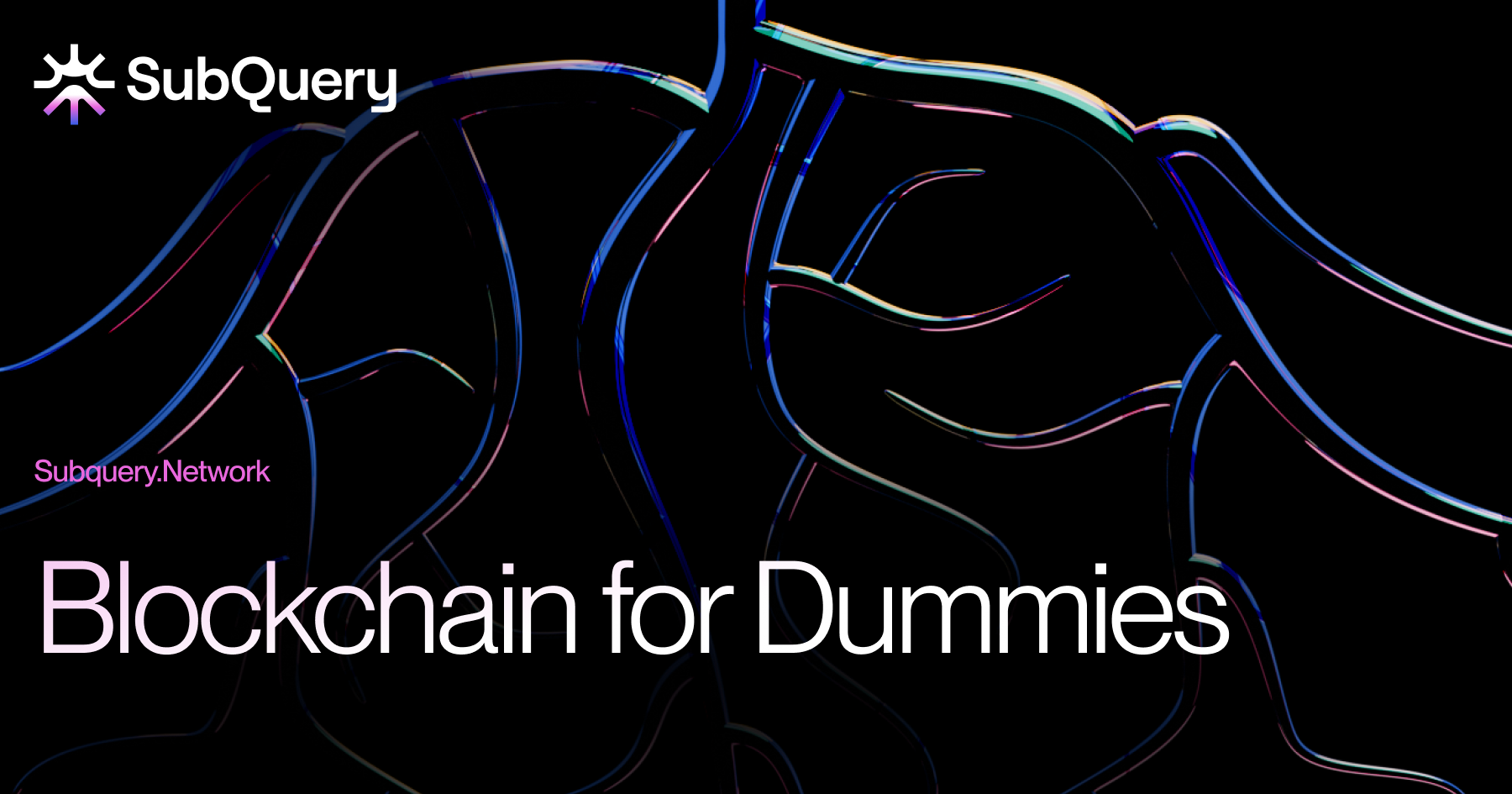The Invisible Role of SubQuery in Web3 Tech Adoption

Table of Contents
- What is web3 technology — a quick primer
- SubQuery’s role in the web3 ecosystem
- Real-world benefits for developers and users
- Getting started: how builders can leverage SubQuery today
- Common questions about Web3 tech
- TL;DR
Most users never notice the pieces that make their apps smooth, fast, and reliable — and that’s exactly the point. For web3 tech to move from niche experiments into mainstream utility, the industry needs background plumbing that turns raw blockchain data into predictable, low-latency APIs. That’s where indexing and developer-focused infrastructure come in: invisible to end users, transformative for builders.
What is web3 technology — a quick primer
Web3 technology describes a shift toward decentralised internet services built on blockchains, token models, and cryptographic identities — a move intended to return ownership and control to users rather than central platforms. As stated by Ethereum.org a handful of centralized entities have a stronghold on the World Wide Web (Web2) and unilaterally decide what should and should not be allowed.
Web3 technology gives the power back to the people and avoids single points of failure. This vision is evolving rapidly across financial services, identity, gaming, and social apps.
The practical barriers to web3 tech adoption
Promising as web3 is, real-world adoption hits several predictable roadblocks:
- Data and UX fragmentation. Blockchains are great for certainty, not for fast, queryable views of complex state. dApp UIs need aggregated, indexed data to feel snappy.
- Developer friction. Building reliable APIs against raw node RPCs is slow, brittle, and expensive — teams reimplement the same indexing logic for each project.
- Scalability and costs. High query latencies and inconsistent data models push teams toward trade-offs that hurt user experience.These are not theoretical: multiple industry reports show that improving developer experience and lowering friction are key levers for broader web3 adoption.

Where data indexing fits: the silent glue for web3 apps
Indexing systems transform on-chain events, logs, and state into structured APIs that apps can call instantly. Instead of each dApp re-parsing entire blocks or running heavy archive nodes, indexing layers maintain curated, query-ready views (APIs) that power wallets, dashboards, marketplaces, and games.
Put simply: if web3 tech is the engine, indexing is the transmission that makes acceleration usable. Without dependable indexing, developers face slower builds, fragile product releases, and higher infra costs — all of which slow adoption.
SubQuery’s role in the web3 ecosystem
SubQuery operates precisely in this behind-the-scenes role. It provides an indexing toolkit and a decentralized network that lets developers publish, run, and consume fast, verified APIs for blockchain data across many chains. That means teams can build web3 apps without rewriting indexing logic or operating costly archive nodes.
How SubQuery helps:
- Faster time to market: developers plug into existing SubQuery projects or publish their own indexers instead of building from zero.
- Multi-chain support: SubQuery’s tooling spans 300 networks across Ethereum, Solana, Polkadot, Cosmos and many more — useful for apps that need cross-chain data in single database.
- Operational simplicity: teams run queries against robust APIs instead of maintaining custom node fleets, lowering costs and improving reliability.
This is the “invisible” work that converts web3 tech from a set of promising protocols into usable web3 apps that meet real users’ expectations.
Real-world benefits for developers and users
Here’s how SubQuery’s invisible infrastructure translates into real-world wins:
- For developers:
- Faster product iteration thanks to reliable APIs
- Reduced infrastructure costs (no need for custom indexing or massive node setups)
- Easier cross-chain data handling
- For users:
- Snappier UI and real-time feedback (e.g., wallet balances, transaction history)
- Higher confidence in data accuracy and freshness
- Better onboarding and retention for web3 apps, thanks to improved performance
These improvements directly address adoption barriers identified by industry research: trust, UX, and developer experience.

Getting started: how builders can leverage SubQuery today
With the latest surge of AI, building your own is easier than ever. With SubQuery’s MCP (Model Context Protocol) integration, developers can use AI to generate and configure indexers through simple prompts, dramatically reducing the technical barrier and time needed to get started. This means you can move from idea to production-ready data pipeline faster than ever before.
Additionally, by using SubQuery as your primary data API, you can also benefit from the 100 million $SQT Consumer Rewards Programme, which incentivises applications that rely on the SubQuery Network for their core data needs — turning infrastructure choice into a tangible competitive advantage.The best place to start is our clear and thorough documentation, and reach out on Discord or Telegram if you need technical support — we’re here to help!
Common questions about Web3 tech
What is Web3 tech?
Web3 tech refers to a decentralised internet where applications run on blockchain networks instead of central servers. It enables users to control their own data, identities, and digital assets through cryptography and smart contracts, reducing reliance on traditional intermediaries and platforms.
Is Web3 just crypto?
No. Cryptocurrency is only one element of Web3. The wider Web3 ecosystem also includes decentralised finance, NFTs, blockchain gaming, decentralised identity, and community-owned platforms that shift ownership from corporations to users.
What is a Web3 example?
A common Web3 example is a decentralised application where users interact directly through their crypto wallets, such as an NFT marketplace or decentralised exchange, without a central authority managing the data or transactions.
TL;DR
Web3 tech will only win when users and developers stop feeling the friction of raw blockchains. Indexing layers — and SubQuery in particular — do the invisible, high-leverage work of turning chains into fast, reliable APIs that power scalable web3 apps and a healthier web3 ecosystem. If you’re building a dApp or exploring what is web3 technology in practice, start by offloading the indexing problem: it’s the single change that most reliably converts hesitation into adoption.
Ready to make your web3 app feel like a modern app? Visit SubQuery’s docs and network to explore indexers, examples, and quick-start guides — then publish your first indexer today.
About SubQuery
SubQuery Network is innovating web3 infrastructure with tools that empower builders to decentralise without compromise. SubQuery’s infrastructure network offers both data indexers and RPCs — fully decentralised, production-ready, and designed for scale.
Our fast, flexible, and open data indexer supercharges thousands of dApps on nearly 300 networks. Through innovations like AI-assisted development via the SubQuery SDK and Model Context Protocol (MCP) integration, SubQuery is making it easier than ever to build, deploy, and maintain blockchain indexers. We’re not just a company — we’re a movement driving an inclusive and decentralised web3 era, together.
Linktree | Website | Discord | Telegram | Twitter | Blog | Medium | LinkedIn | YouTube
You might also like

Web3 Technology Meets AI: A New Era for On-Chain Agents

SubQuery Network Explained: Decentralised Indexing for the Future of Web3 Indexing






